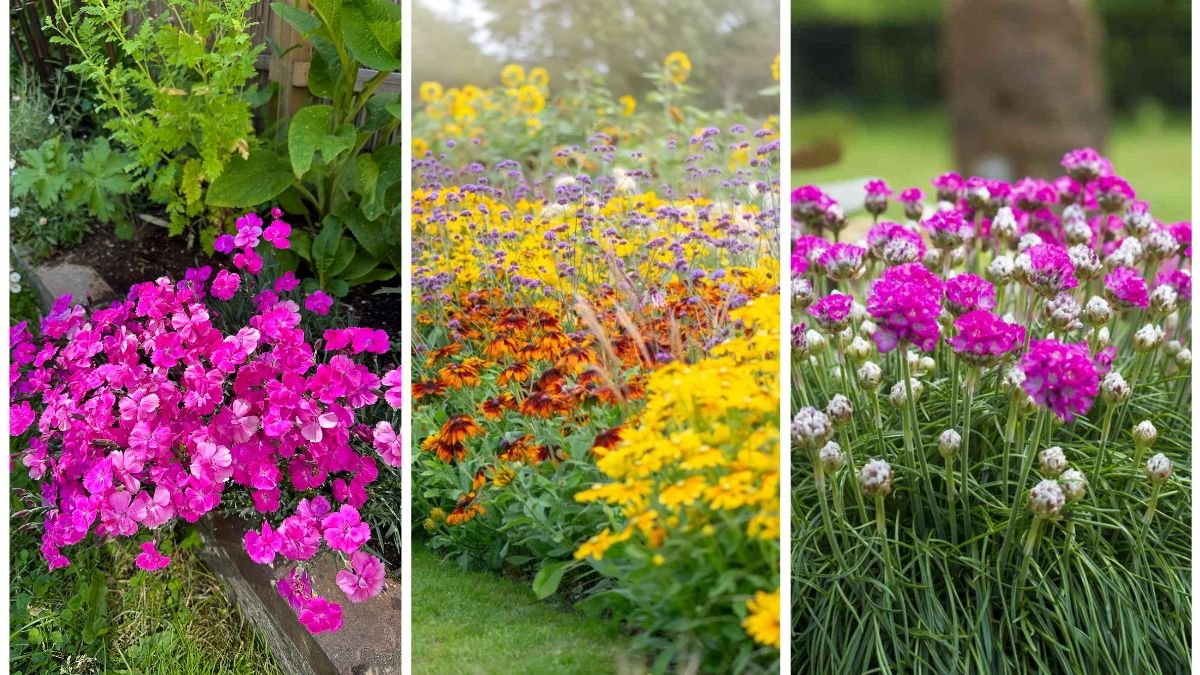Creating a beautifully landscaped yard goes far beyond just planting trees and laying sod. One of the most defining elements of a cohesive and eye-catching landscape design is the use of border plants—the unsung heroes that frame walkways, define garden beds, and create smooth transitions between different areas of your outdoor space.
But with hundreds of plant varieties to choose from, how do you pick the right border plants for your yard? Should you focus on color? Size? Texture? Maintenance needs?
This article provides a comprehensive guide to choosing the right border plants, helping you make choices that are not only beautiful but also practical and sustainable for your space.
What Are Border Plants?
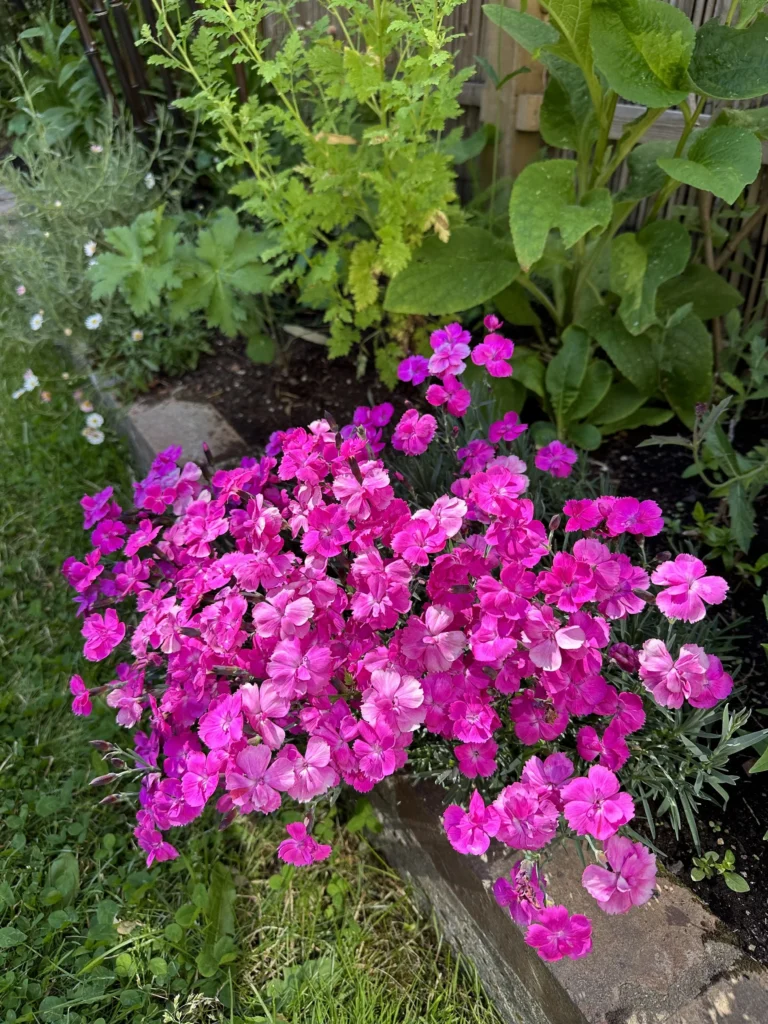
Border plants are typically low-growing plants placed along the edges of walkways, driveways, garden beds, patios, fences, or property lines. Their role is both aesthetic and functional—to soften edges, highlight features, separate zones, and add a polished, professional touch to your landscape design.
Border plants may include flowers, ground covers, small shrubs, ornamental grasses, or even herbs, depending on the style and purpose of the area.
Key Factors to Consider When Choosing Border Plants
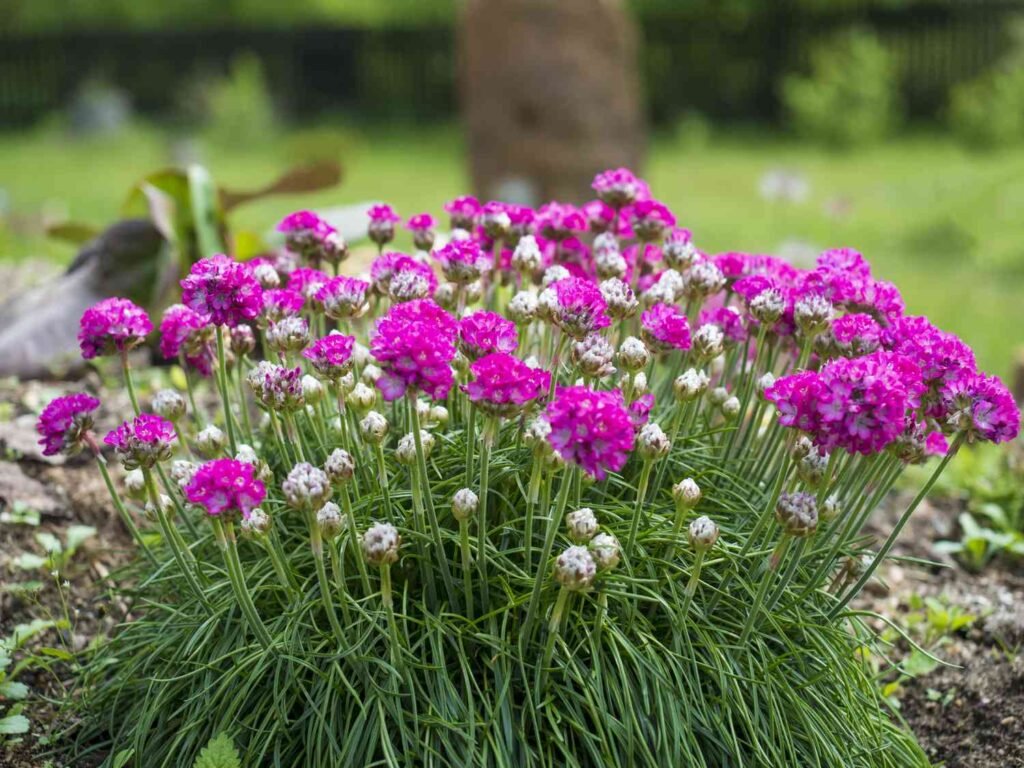
Before selecting specific species, it’s important to assess the conditions and needs of your yard. Here are the top factors to keep in mind:
1. Sunlight Exposure
- Full Sun: 6 or more hours of direct sunlight per day.
- Partial Shade: 3–6 hours of sunlight, often filtered.
- Full Shade: Less than 3 hours of sunlight daily.
Tip: Observe the area you’re planting throughout the day. Even partial sunlight can affect plant choices.
2. Soil Type and Drainage
Check if your soil is clay, sandy, loamy, or rocky. Some plants thrive in rich, well-draining soil, while others tolerate poor or compacted earth. Use compost or soil amendments if needed.
3. Climate and Hardiness Zone
Choose plants suited to your USDA Hardiness Zone (or regional equivalent). Native plants or climate-adapted varieties usually require less water and maintenance.
4. Height and Spread
Border plants should complement—not overpower—the area they frame. Ideal border plants are usually under 24 inches tall, but taller plants can be layered behind lower ones for a tiered effect.
5. Maintenance Requirements
Choose low-maintenance species if you prefer a more hands-off approach. Consider watering needs, pruning frequency, and susceptibility to pests or diseases.
Best Types of Border Plants by Function
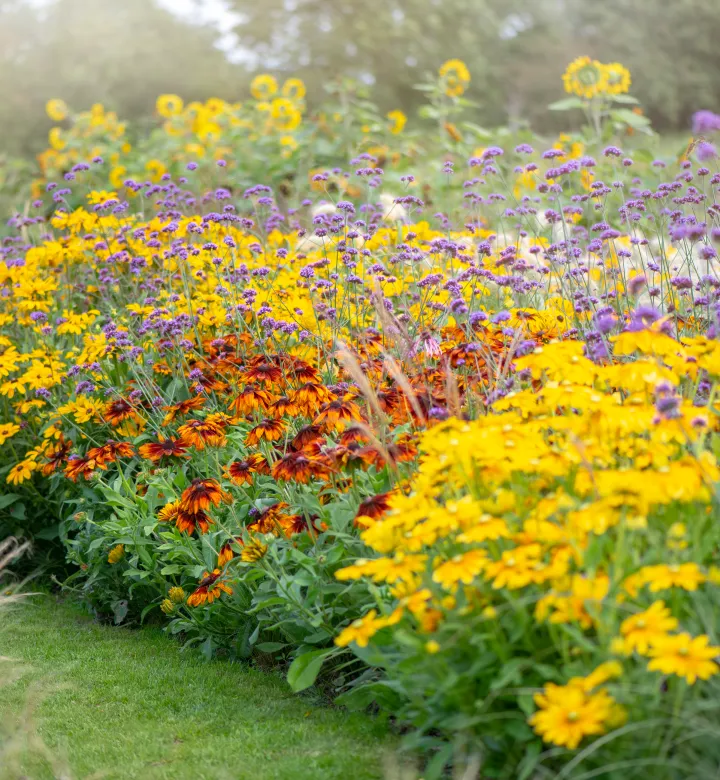
1. Colorful Flowering Borders
Flowering border plants are ideal for adding seasonal color and visual interest. They can brighten up pathways, highlight focal points, and attract pollinators like bees and butterflies.
Top Picks:
- Lavender (Lavandula spp.): Hardy, drought-tolerant, and fragrant.
- Salvia (Salvia nemorosa): Long-blooming with spikes of purple or pink.
- Coreopsis: Bright yellow blooms and extended flowering period.
- Dianthus: Compact, colorful, and slightly fragrant.
Good for: Cottage gardens, pollinator gardens, herbaceous borders.
2. Evergreen Borders for Year-Round Interest
Evergreens maintain their foliage through all seasons, providing structure and visual continuity even in winter months.
Top Picks:
- Boxwood (Buxus sempervirens): Classic hedge plant; easily trimmed into neat shapes.
- Dwarf Mugo Pine (Pinus mugo var. pumilio): Compact, rugged, and cold-hardy.
- Yew (Taxus spp.): Tolerant of shade and pruning.
Good for: Formal landscapes, pathways, foundation planting.
3. Ornamental Grasses for Texture and Movement
Grasses add height, softness, and dynamic movement to your borders, especially when swaying in the wind.
Top Picks:
- Blue Fescue (Festuca glauca): Compact blue-gray clumps.
- Pennisetum ‘Hameln’: Soft, feathery plumes in late summer.
- Carex (Sedge): Perfect for shade; arching leaves create natural curves.
Good for: Modern designs, dry gardens, minimalist borders.
4. Ground Covers and Creepers
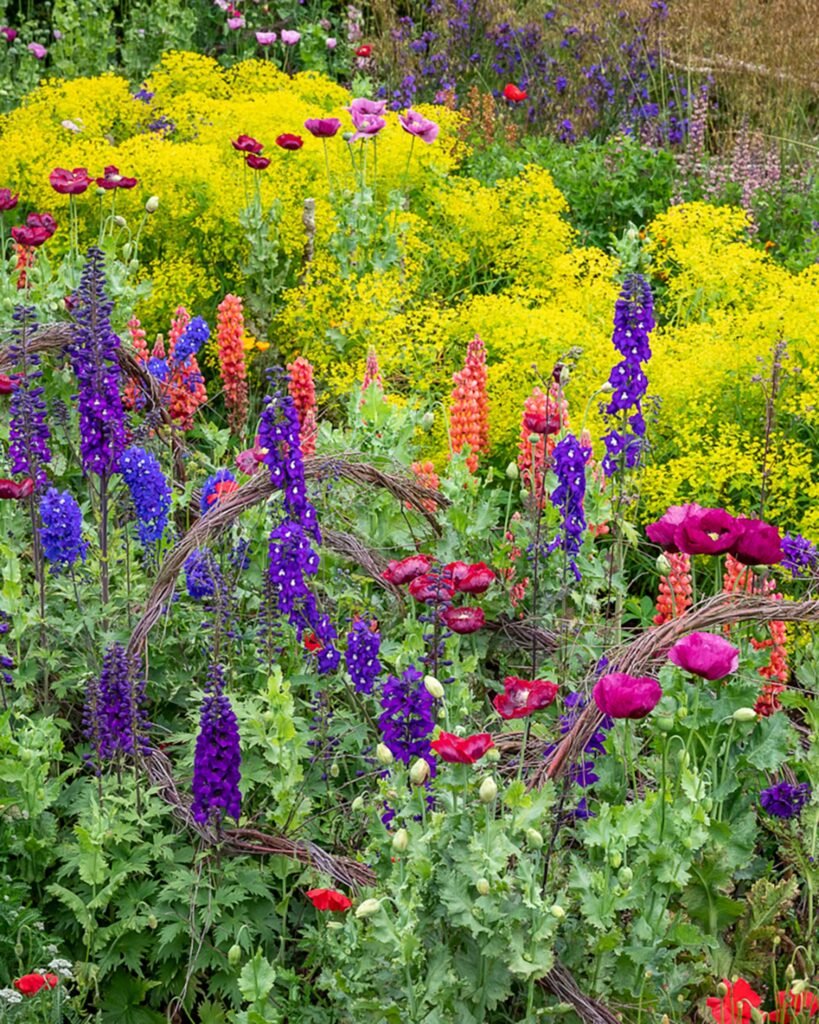
These plants spread horizontally and are excellent for filling gaps, preventing weeds, and adding lushness along edges.
Top Picks:
- Creeping Thyme (Thymus serpyllum): Low-growing, fragrant, and pollinator-friendly.
- Ajuga (Bugleweed): Colorful foliage and quick-spreading.
- Sedum (Stonecrop): Great for dry, sunny borders.
Good for: Rock gardens, slopes, between pavers.
5. Edible or Multi-Purpose Borders
Why not add beauty and function? Some border plants are both attractive and edible—perfect for mixing in with ornamental beds.
Top Picks:
- Chives: Lovely purple flowers and edible leaves.
- Parsley: Dense green foliage adds texture.
- Strawberries: Low-growing and productive.
- Rosemary (prostrate variety): Cascading herb with a beautiful aroma.
Good for: Kitchen gardens, raised beds, Mediterranean-style landscapes.
Design Tips for Planting the Perfect Border
Now that you know which plants to consider, here are some practical design strategies to help your border planting stand out.
1. Repetition Is Key
Repeating the same plant or a color theme creates rhythm and cohesion. Avoid overly random mixes that can look chaotic.
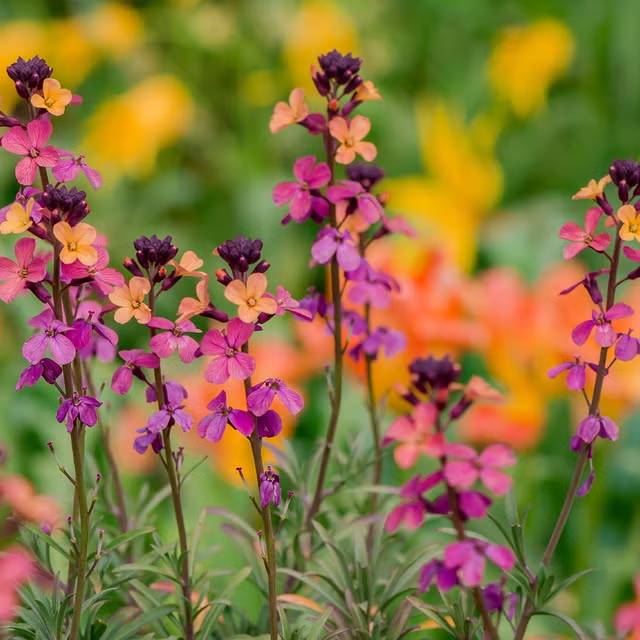
2. Layer Heights
Plant the shortest varieties at the very edge, medium-height plants behind, and taller ones at the back (if against a wall or fence).
3. Mix Textures and Leaf Colors
Pair fine-textured grasses with bold-leaved perennials, or blend silver, purple, and green foliage for dynamic contrasts.
4. Consider Bloom Time
Choose a variety of plants that bloom at different times to ensure year-round interest. Combine spring bulbs with summer flowers and evergreen foliage.
5. Group by Watering Needs
Keep thirsty plants together and separate from drought-tolerant species. This makes irrigation easier and more efficient.
Common Mistakes to Avoid
Even well-intentioned gardeners make some common errors. Here’s what to watch out for:
Overcrowding Plants
Spacing is critical for airflow, disease prevention, and growth. Always follow spacing guidelines on plant labels.
Ignoring Sun Requirements
Planting sun-lovers in shade or vice versa leads to poor performance and wasted effort.
Using Invasive Ground Covers
Some aggressive plants like mint or English ivy can take over and become a maintenance nightmare.
❌ Forgetting Maintenance
Even low-maintenance plants may need occasional pruning or thinning. Plan for access to beds and consider how big plants will get over time.
Case Study: Designing a Simple Border for a 10-Meter Walkway
Objective:
Create a low-maintenance, attractive border along a straight 10-meter pathway in a full-sun backyard.
Plant Choices:
- Lavender ‘Hidcote’ – Fragrant flowers and evergreen foliage.
- Salvia ‘Caradonna’ – Deep purple spires for summer color.
- Sedum ‘Autumn Joy’ – Drought-tolerant, late-season interest.
- Blue Fescue – Texture and contrast.
- Creeping Thyme – Ground-level filler and fragrance.
Layout Plan:
- Plant in repeating clusters (3 of each) along the edge.
- Alternate colors and textures for rhythm.
- Keep spacing at 30–40 cm for mature size.
Result:
A dynamic, year-round border requiring only seasonal deadheading and occasional watering.
Conclusion: Choosing the Right Border Plants is About Balance
The best border plants are those that not only look great but also fit your yard’s conditions and your lifestyle. Whether you’re aiming for a low-maintenance, drought-tolerant garden or a colorful pollinator paradise, the key is to choose plants that will thrive where they’re planted.
By considering factors like sunlight, soil, climate, size, and maintenance, you’ll be well-equipped to select border plants that add structure, color, and personality to your outdoor space. And remember—great landscaping is less about complexity and more about thoughtful choices.
So take your time, plan your design, and let your borders tell the story of your garden’s edge.
